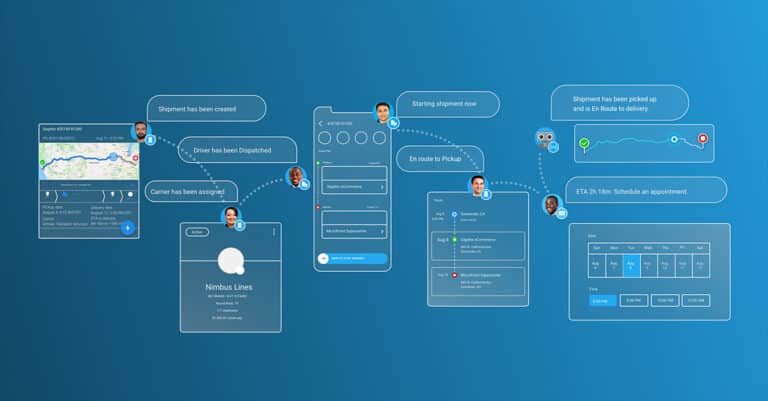Rising costs are one of the significant supply chain challenges that companies face. According to a Third-Party Logistics Study, 70% of shippers cite successful collaboration with their 3PL providers as the primary factor in logistics cost reductions, with 75% stating that 3PLs assist firms in innovating and identifying effective means of enhancing existing logistics.
Modern 3PL providers offer more than just cost reductions. Companies now invest in technologies, integrated business processes, share information, and share responsibilities and accountability with their 3PL partners. Collaborations of companies with 3PLs are rapidly becoming mutually beneficial long-term investments. In this setting, it is vital that both organizations have the same goals and that their planning, management, and execution are coordinated to represent these interests.
The following are some of the most critical factors that tell why collaboration with the 3PL partner is the key.
Aligned Goals and Aspirations
3PL relations should be looked at as long-term relationships between both parties. Many organizations make the error of selecting their 3PL provider without first evaluating their objectives. This can lead to a situation where the 3PL partner you choose may lack the capacity or reach to ship to your desired destinations, or they may have different contract pricing expectations.
Companies must ensure that their 3PL partners offer a stable, unified platform with consistent enterprise-wide processes. Before making a decision, the company should evaluate the 3PL’s service levels, technological capabilities, management’s vision, reputation, strategic direction, anticipated results, and company culture. Similarly, 3PLs should also build their customer base with a long-term vision. This can impact the brand value of 3PL in the market with a possible impact on the business from other customers. Short-term thinking and misaligned goals will only lead to push-backs and frustrations at both ends.
Logistics Integration
Building a measurable association with your 3PL supplier is essential without limiting innovation or decision-making for either party. By establishing a Service Level Agreement (SLA) with agreed-upon KPIs, you will be able to track the effectiveness of your collaboration based on actual data. It is essential that standard processes and targets, such as customer service, information technology, cost reduction, logistical improvement, and high standards, be detailed in the agreement to offer a framework for shared functions.
This agreement must be routinely reviewed and refreshed with changing business dynamics and customer needs. The contract and SLAs should reflect the nature of the relationship and expectations between the two parties.
Frequent Interactions
Great partnerships are forged through consistent and effective communication and the sharing of critical information. This comprises internal and external sharing across partners and measuring and communicating results. Good communication will help resolve disputes before they arise, and when they do, it will assist you in determining the issues at hand and deciding how to modify systems to prevent a recurrence.
Sharing Rewards and Risks
Sharing facilities with your third-party logistics provider may be essential to provide improved communication and shared planning. The third-party logistics provider should work as an extension of the shipping company. Gain-sharing agreements are another approach to demonstrate a company’s dedication to partnerships by sharing risks and profits equally.
Leveraging Data as a Team
The collaboration with the 3PLs will generate an incredible amount of data, but what should the companies do with it? Here, intelligent technology comes into play. For instance, innovative transportation management platforms (TMS) encompass comprehensive data analysis, such as scanning a shipment, uploading the data to a database, and drawing conclusions based on a constant data stream.
The right TMS will assemble, analyze, and generate reports for both partners to review. Companies can add additional data analysis tools and WMS to draw conclusions and drive action out of it.
Data reveals a universe of knowledge and is crucial to the survival of the relationships between the companies and 3PLs.
If you are looking for great Collaborative TMS solutions, Turvo is the right partner. Turvo provides the world’s leading Collaborative TMS application for the supply chain. Turvo connects people and organizations, allowing shippers, logistics providers, and carriers to unite their supply chains, deliver outstanding customer experiences, collaborate in real time, and accelerate growth. The technology unifies all systems, internal and external, providing one end-to-end solution to execute all operations and analytics while eliminating redundant manual tasks and automating business processes. Turvo’s customers include some of the world’s most considerable Fortune 500 logistics service providers, shippers, and freight brokers. Turvo is based in the San Francisco Bay Area with offices in Dallas, Texas, and Hyderabad, India.









